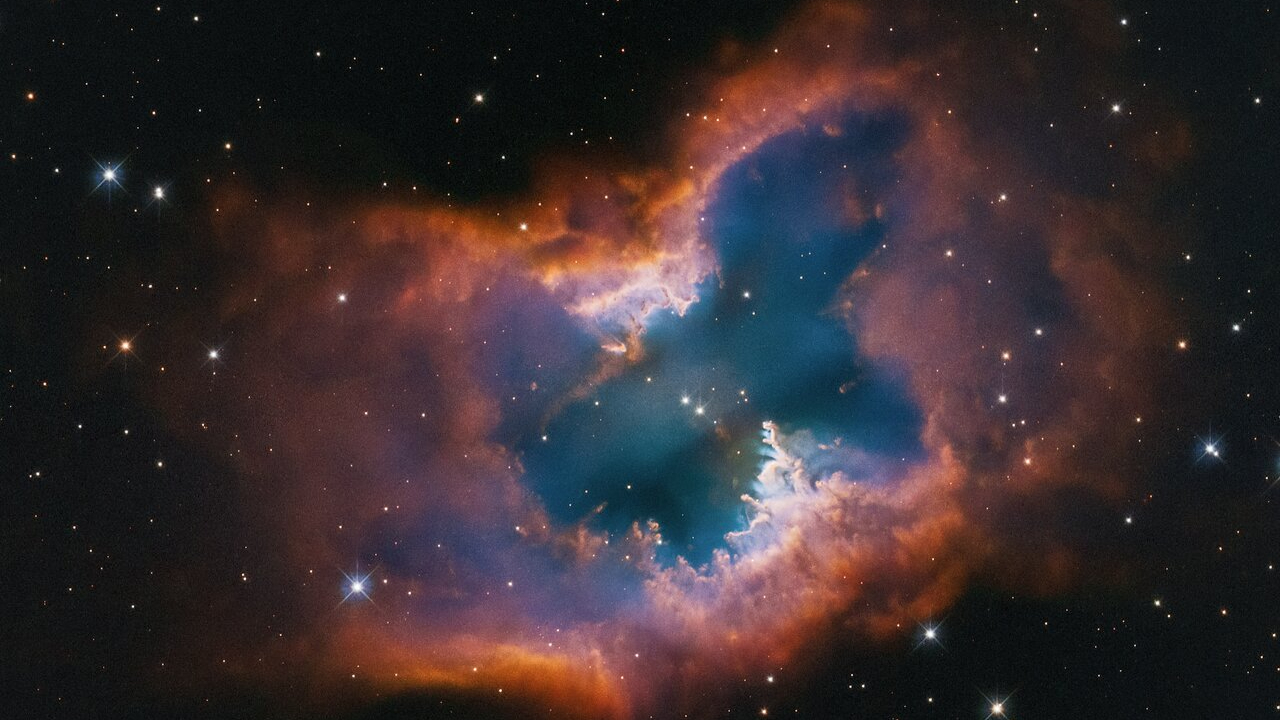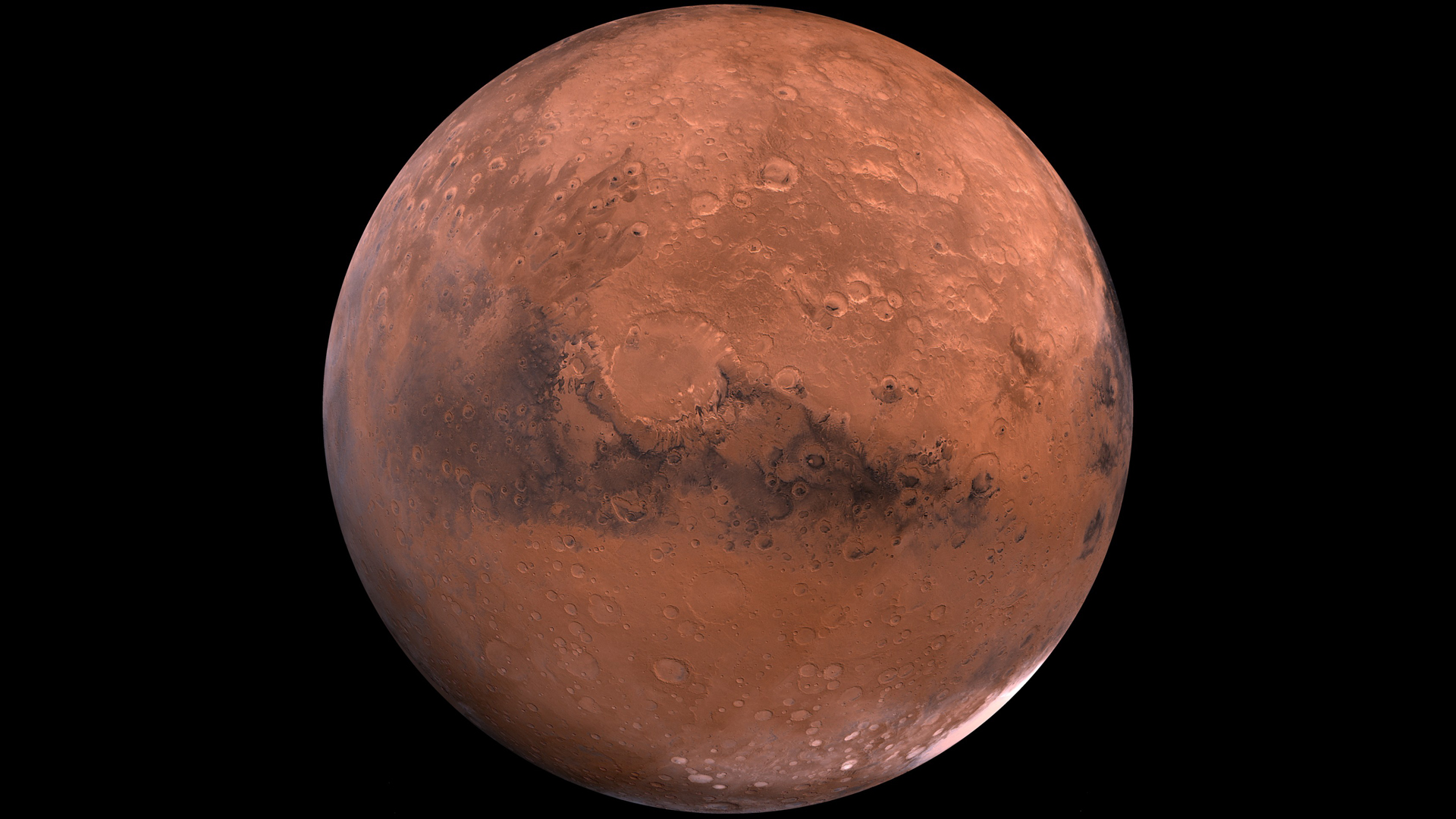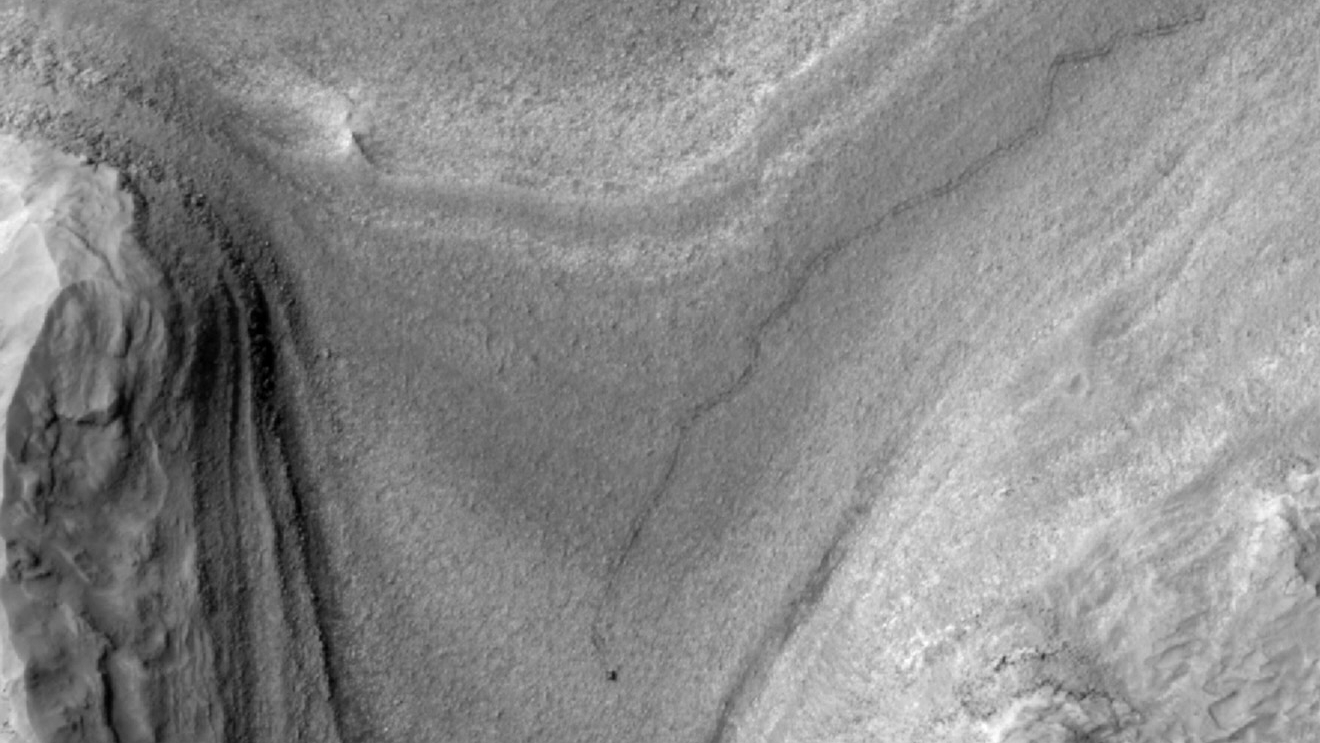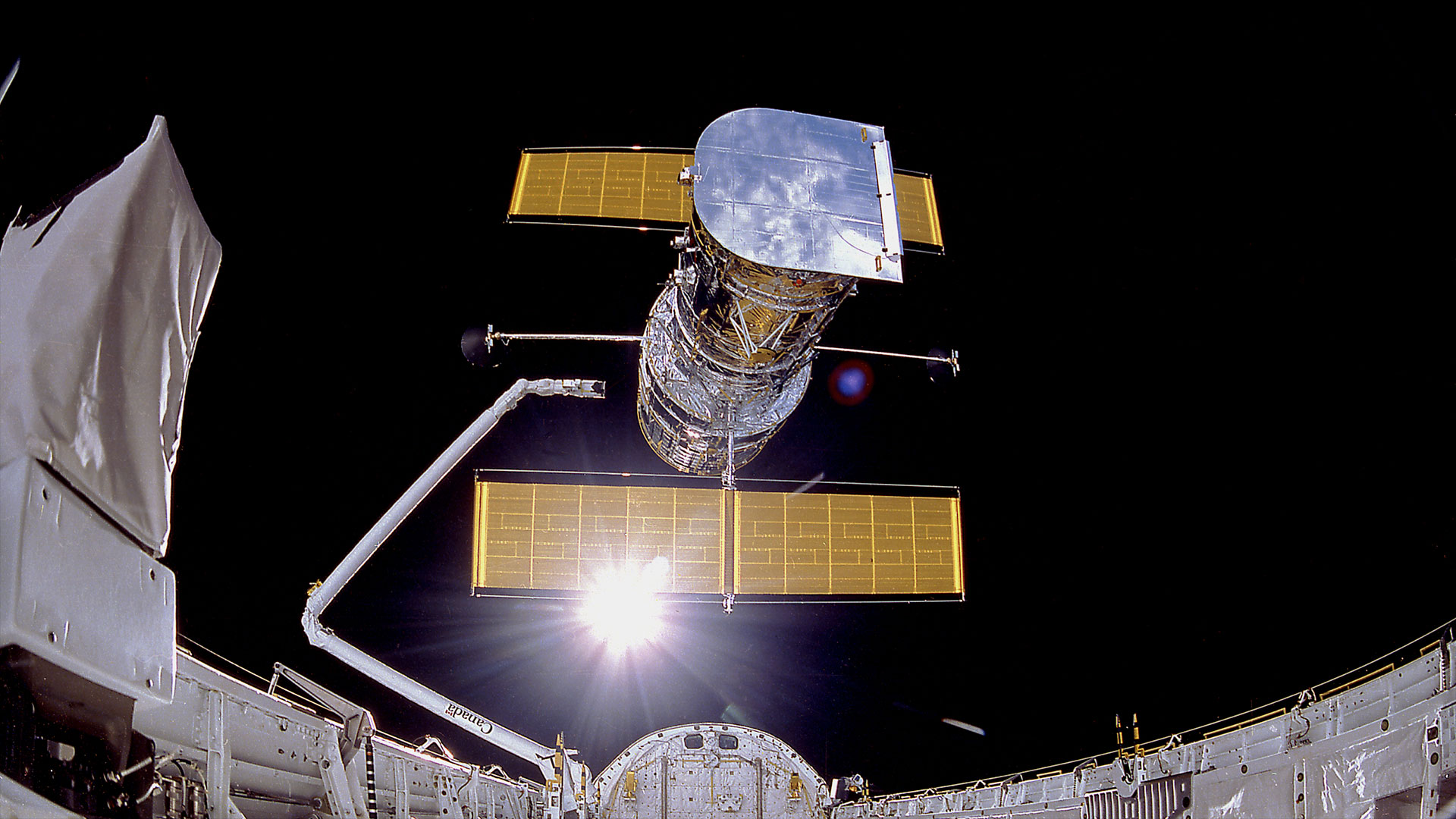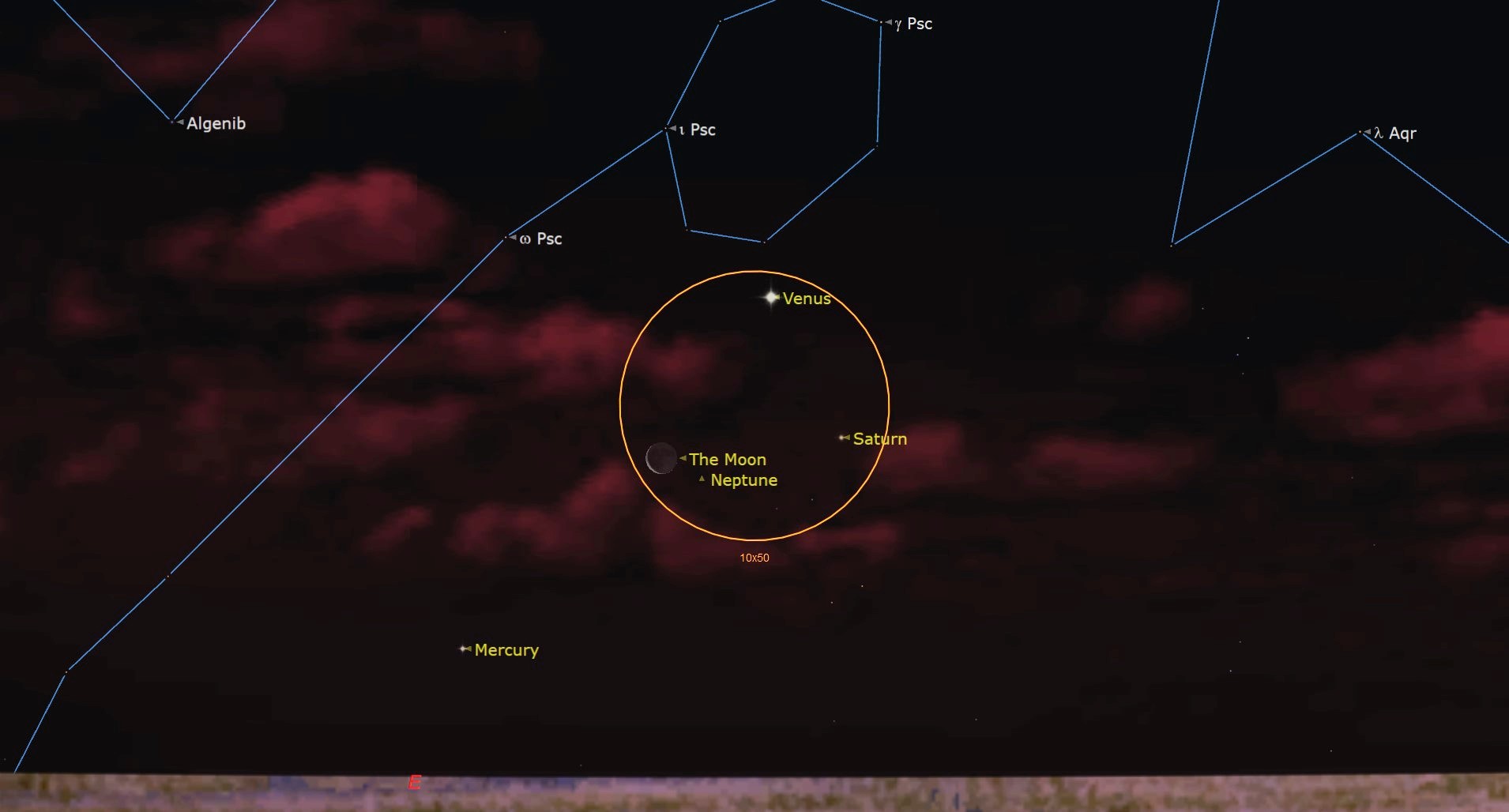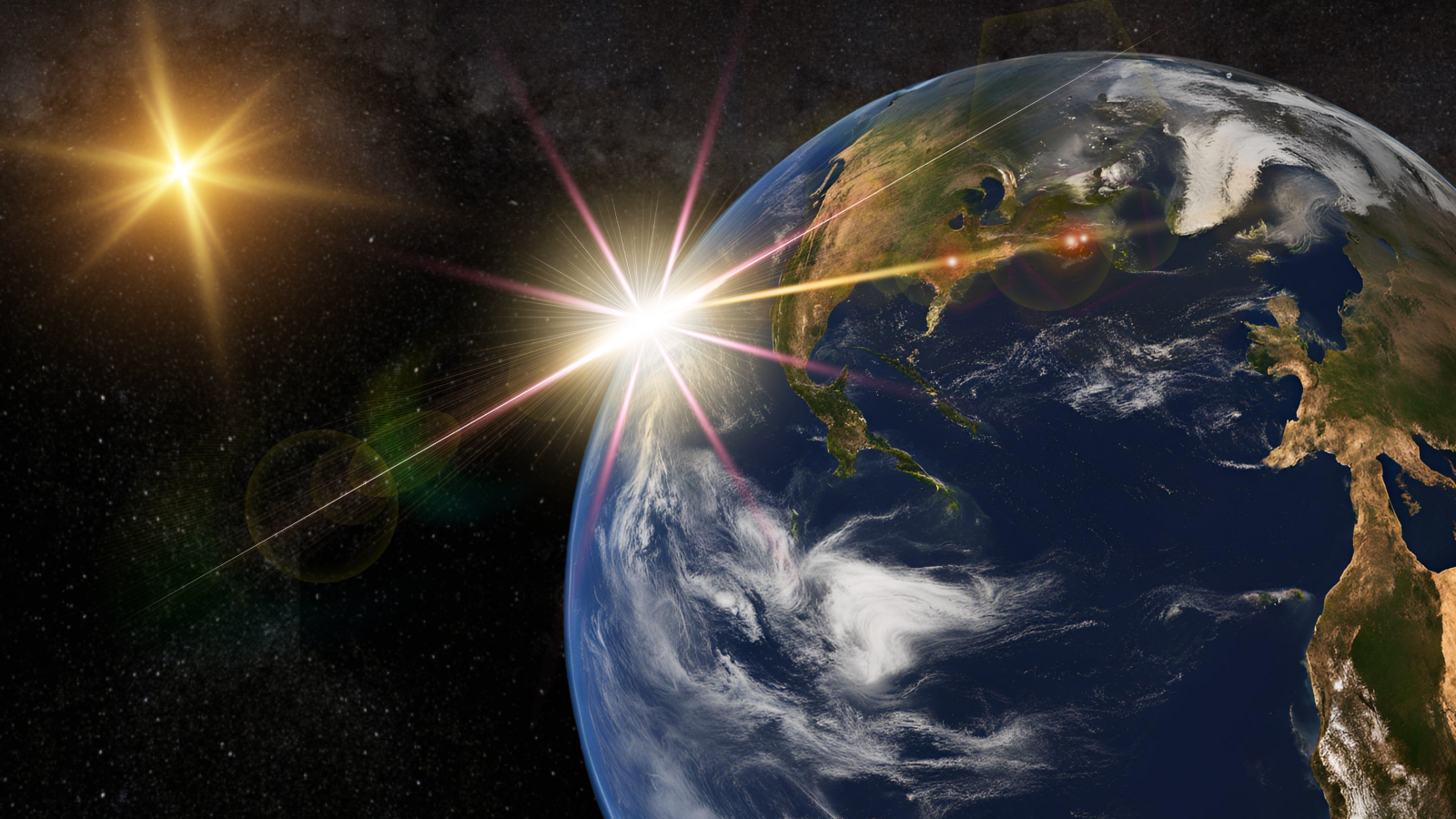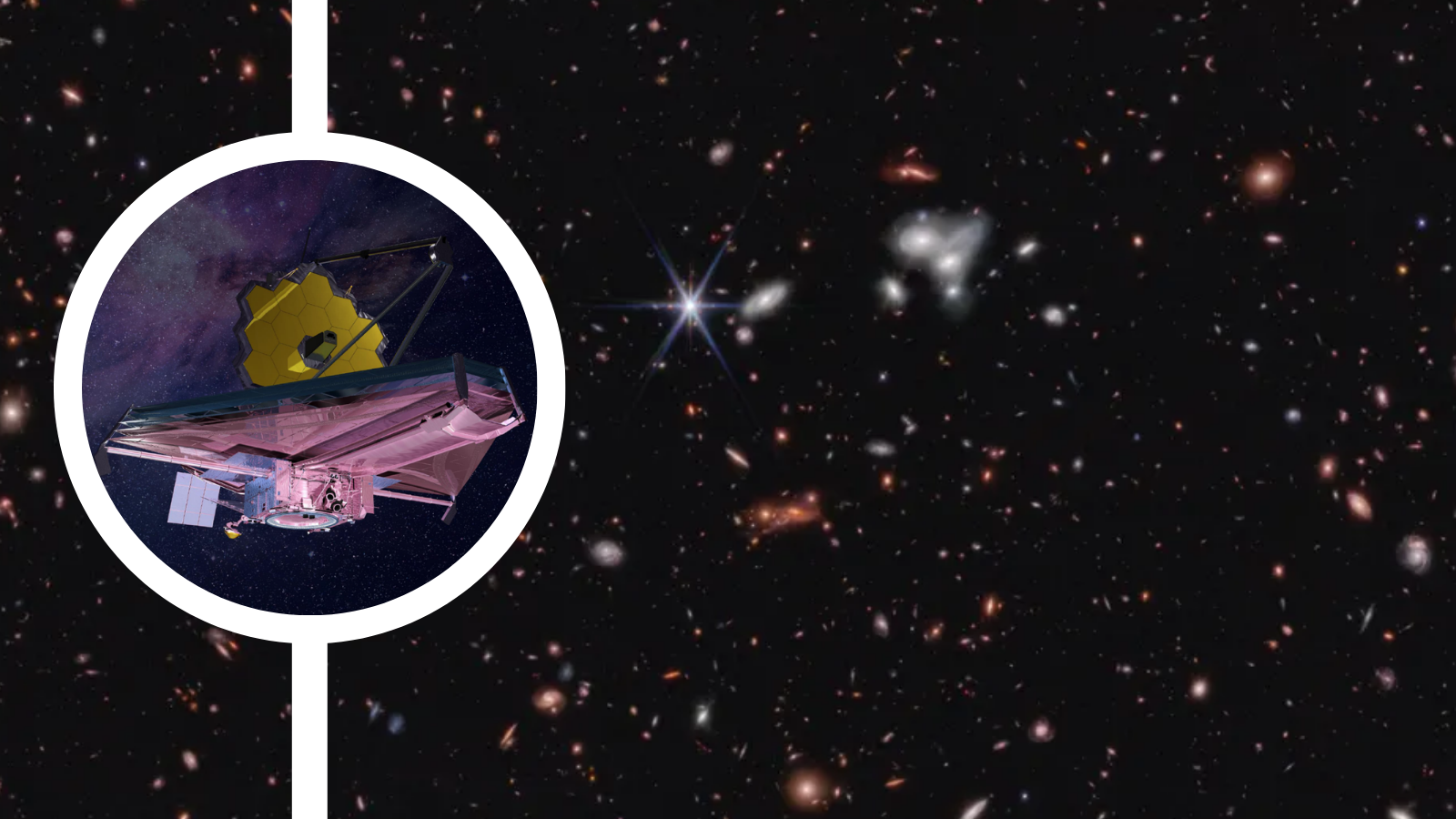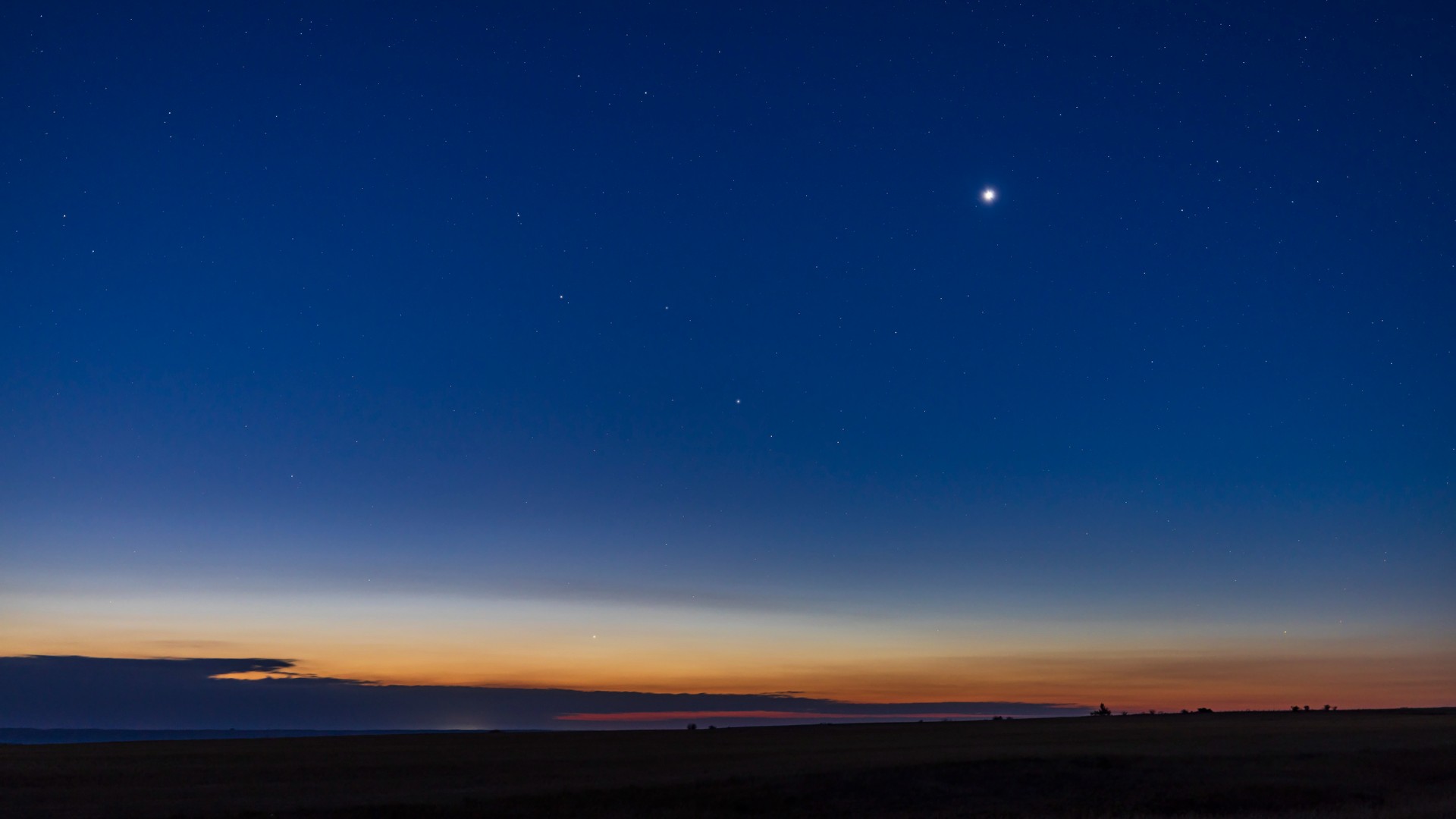
Early morning risers who head out to work and school before sunrise are likely beginning to notice an extremely bright star-like object appearing low in the eastern sky just before the sun itself. What is somewhat amazing is that just a few weeks ago this object wasn't there at all, but now it literally stands out with such brilliance as to almost command the attention of commuters who might be traveling in an easterly direction to "Look at me!"
That radiant object is the planet Venus. In terms of morning visibility, it's now, in a literal and figurative sense "rising to the occasion."
After putting on a great show in our evening sky which extended through this past fall and much of the winter season, this dazzling planet will now be putting on a spectacular predawn showing for the rest of this spring, summer and all the way through the middle of fall 2025.
Currently it is establishing itself as a dazzling morning lantern, emerging into view this week from beyond the eastern horizon soon after 5:00 a.m. local daylight time. Less than two weeks ago, on March 23, Venus swept almost directly between the sun and Earth. That was the day of its inferior conjunction — its transition from an evening to a morning object. Actually, for a few days centered on that date, it was possible to glimpse Venus shortly after sunset near the western horizon, as well as just before sunrise the following morning, near the eastern horizon.
Now it is swinging away from that line, speeding ahead of the Earth in its faster orbit. So, in a telescope during April, it displays a large, brilliant, beautiful crescent that waxes in phase all month while shrinking in size.
A week after inferior conjunction, it had moved far enough away from the sun's vicinity so that it was rising about an hour before sunrise. By the end of April, it will be somewhat easier to sight, rising one hour and 40 minutes before the sun. And from then on, right through mid-July, it will slowly climb upward into high dawn brilliance.
Pinnacle of splendor
On Sunday morning, April 27, Venus comes up in total darkness while shining at its greatest brilliancy (magnitude –4.7). Actually, Venus shines as bright as this from late April through early May, however, astronomers now make reference to this pinnacle of splendor by referencing the moment as its "greatest illuminated extent."
Get the Space.com Newsletter
Breaking space news, the latest updates on rocket launches, skywatching events and more!
Unlike Mercury, which shines at its peak brilliance when it is near full phase, Venus appears to shine most brilliantly when it's a crescent phase. This is because when Venus appears full to us, it is far from Earth and its disk appears relatively small.
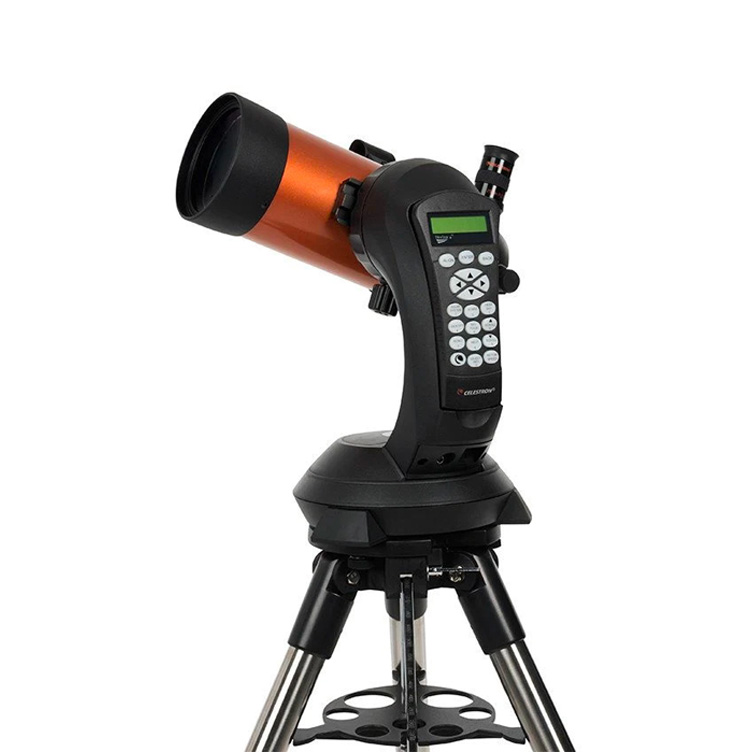
Want to see Venus or any other planets up close? The Celestron NexStar 4SE is ideal for beginners wanting quality, reliable and quick views of celestial objects. For a more in-depth look at our Celestron NexStar 4SE review.
Conversely, when Venus is much closer to Earth, its disk appears much larger in apparent size, but now it has shrunk to a very thin crescent which doesn't reflect as much sunlight back to Earth as would a nearly full Venus. So, astronomers have come up with a compromise regarding the geometry of the sun's illumination angle on Venus' disk versus its distance from Earth to determine the time of Venus' greatest brilliancy. That moment comes when Venus appears as a roughly 25-percent illuminated crescent phase from a distance of approximately 41 million miles (66 million km) from Earth.
According to the Observer's Handbook for 2025 of the Royal Astronomical Society of Canada, that moment comes on April 27 at 17 hours UT or 1 p.m. Eastern Time.
To give you an idea of just how radiant Venus will be at that time, it will outshine Sirius, the brightest of all stars by nearly 20-fold. If you live in a rural location with no light pollution to interfere, you'll readily be able to make out that it is casting a visible shadow. Should you follow it right on through sunrise it will be evident to your naked eye in full daylight as a tiny white speck plainly evident against the blue daytime sky.
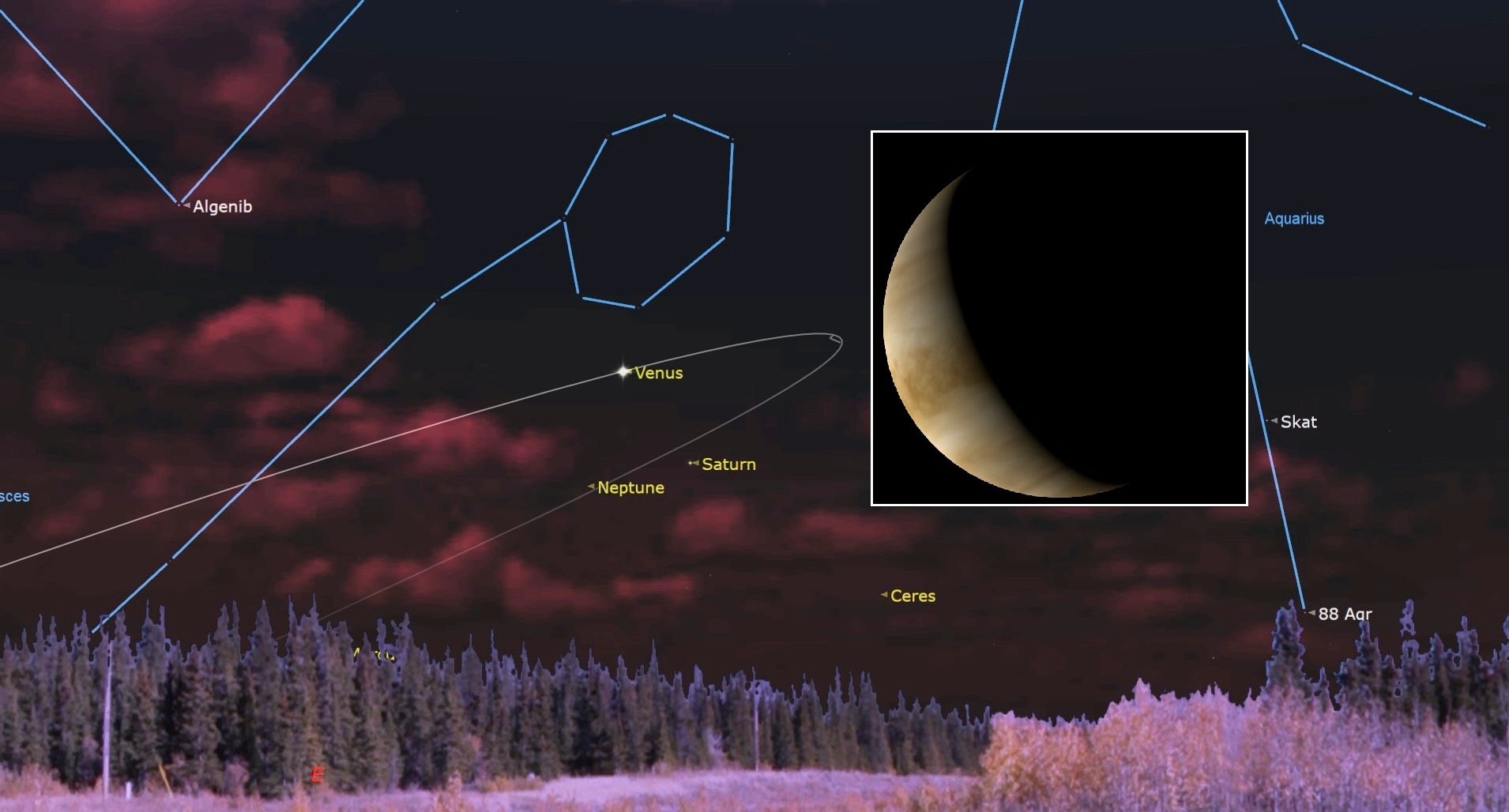
The phases of Venus
Now is also a fine time to examine the crescent of Venus in a telescope or even a pair of binoculars. A steady mounting for the binoculars — even just bracing them against the side of a tree — can make all the difference in the world. There are, in fact, some individuals with such acute vision who claim that they can actually see the crescent of Venus without a telescope or binoculars.
If you'd like to test your own perception of vision on Venus, the best time to try it would be during bright twilight, say 15 to 30 minutes before sunrise. At that time, Venus will appear with far less glare against the background sky, giving your eyes a better opportunity to perceive its shape.
During the weekend of April 4, Venus's crescent will appear a slender 7% illuminated, but by month's end it will have "fattened-up" to 29%. Meanwhile, as a function of it pulling away from Earth, its disk size will have shrunk by nearly one-third.
With a telescope on May 21, it will appear about half as large as it appears this week, while its current slender crescent shape will thicken to almost mimic a "half-moon." Also, with the passage of time, Venus will lift a little higher into the eastern sky with each passing morning as it gradually increases its angular distance from the sun in the sky.
If you need a telescope or binoculars to observe Venus or anything else in the night sky, our guides for the best binoculars deals and the best telescope deals now can help. Our guides on the best cameras for astrophotography and best lenses for astrophotography can also help you prepare to capture the next skywatching sight. And don't miss our tips for how to photograph the planets!
Summer of prominence
On June 1, Venus will arrive at its greatest western elongation, 46 degrees from the sun. And yet, right up to this time it will still be rising mere minutes before the break of dawn. But that situation will change noticeably thereafter, as Venus will spend the summer taking a more northerly path across the zodiacal constellations that are positioned well north of the celestial equator.
On June 28, it will enter the constellation of Taurus, passing well south of the famous Pleiades star cluster on July 3, then just to the north of the V-shaped Hyades star cluster and the bright orange star Aldebaran during the week of July 7. It then crosses over into the twins of Gemini on Aug. 1.
As a consequence, beginning in June, Venus will be rising noticeably earlier: From June 21 through August 5, it rises before 3 a.m. local daylight time. And it will attain its high point for this current morning apparition between July 8 and July 21, when it will rise in full darkness at least an hour before the first light of dawn; a half hour before sunrise it will stand a very respectable 25 degrees above the east-northeast horizon. Your clenched fist held at arm's length measures roughly 10 degrees in width, so Venus will appear "two and a half fists" high at that hour.
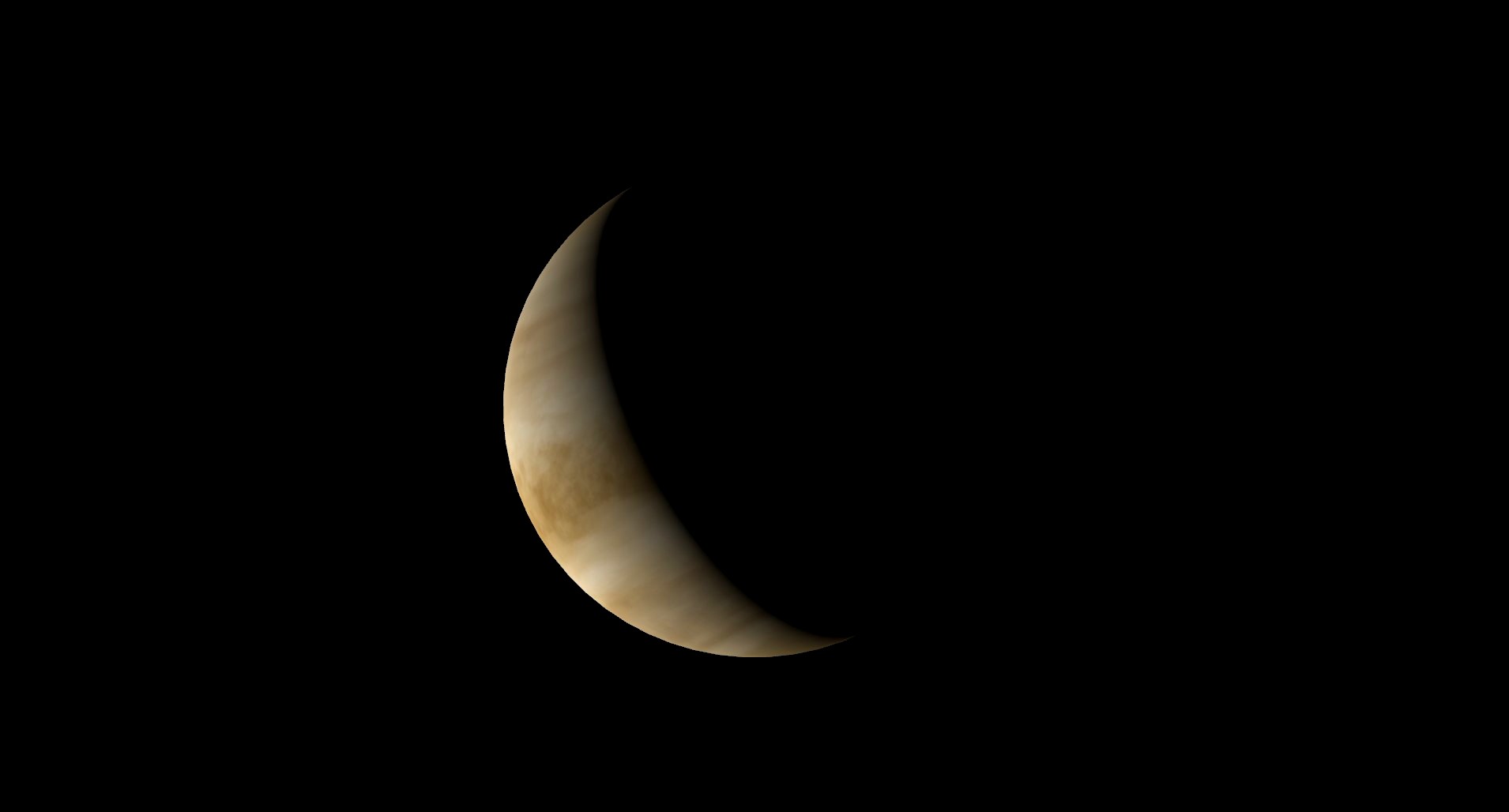
Close encounters with the moon, stars and planets
Venus will also have encounters with two bright planets during its morning run. Early on April 28, you can use it to locate a much-dimmer Saturn. About an hour before sunrise look low toward the eastern horizon for Venus and once found, Saturn will be situated about 3.7 degrees to the lower right. You may, however, need binoculars to sight the ringed planet against the bright twilight sky as it will appear only a fraction as bright as Venus.
It will be a far different story during the second week of August when Venus joins forces with the largest planet in our solar system: mighty Jupiter. On three consecutive mornings — Aug. 11, 12, and 13, Venus will sweep closely past "Big Jupe" to its south and west. On Aug. 12, they'll appear closest together with Venus appearing less than a degree to Jupiter's lower right creating the effect of a dazzling "double planet" — a marvelous sight.
In September, Venus will have a tight conjunction with one of the 21 brightest stars in the sky, bluish Regulus in the constellation Leo the Lion. Be sure to set your alarm clock for no later than 5:30 a.m. on Sep. 19, for on that morning looking low to the east, you'll not only see Venus passing about a half degree to the upper left of Regulus, but hovering a similar distance above and to the left of Venus will be a lovely waning crescent moon, making for a gorgeous celestial tableau!
What goes up, must come down
After reaching its high point in terms of morning visibility in mid-July, Venus will start a long, slow slide back toward the sun, rising about 1.7 minutes later each morning from July 21 through Oct. 25. By then, Venus will be coming up as dawn is breaking, roughly 90 minutes before sunrise.
Venus will continue to get gradually lower and rise progressively later during the remainder of the fall and by late November it will be coming up less than an hour before sunrise, ultimately vanishing into the bright dawn twilight by early December. Venus will then go on a "winter sabbatical" of sorts and will not reappear again until about March of next year when it will begin a new evening apparition.
So, in the coming days ahead, if any of your friends or relatives remark to you that they saw a "strange UFO" on the way to work or school, you now can set them straight.
It's not E.T. It's only Venus.
Joe Rao serves as an instructor and guest lecturer at New York's Hayden Planetarium. He writes about astronomy for Natural History magazine, Sky and Telescope and other publications.
Join our Space Forums to keep talking space on the latest missions, night sky and more! And if you have a news tip, correction or comment, let us know at: community@space.com.

Joe Rao is Space.com's skywatching columnist, as well as a veteran meteorologist and eclipse chaser who also serves as an instructor and guest lecturer at New York's Hayden Planetarium. He writes about astronomy for Natural History magazine, Sky & Telescope and other publications. Joe is an 8-time Emmy-nominated meteorologist who served the Putnam Valley region of New York for over 21 years. You can find him on Twitter and YouTube tracking lunar and solar eclipses, meteor showers and more. To find out Joe's latest project, visit him on Twitter.
You must confirm your public display name before commenting
Please logout and then login again, you will then be prompted to enter your display name.
